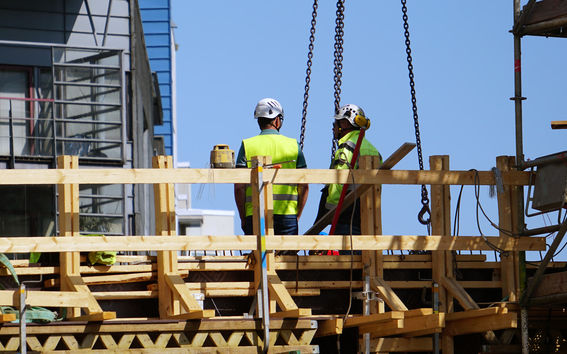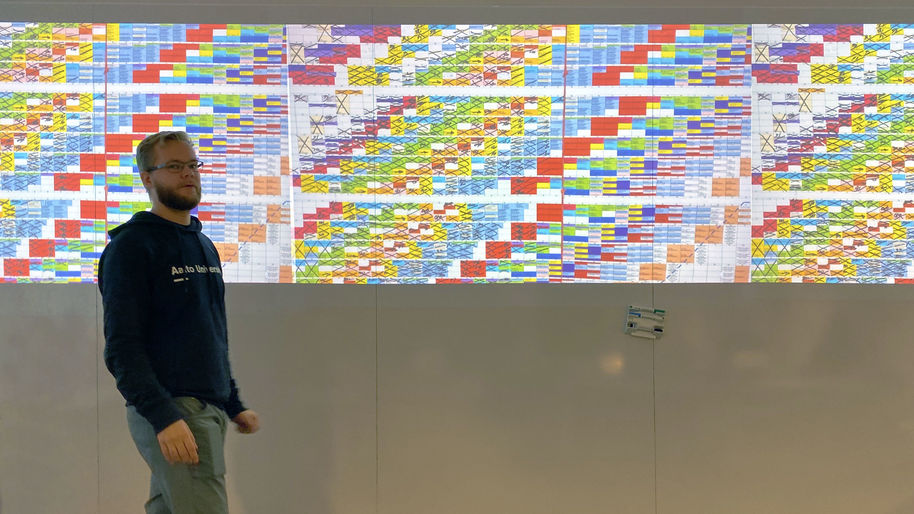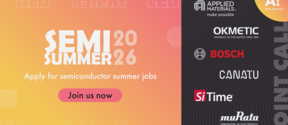Four views of construction process Waste

Aleksi Aalto of A-Insinöörit and three other Aalto University graduate students shared insights from their research at a meeting of the Waste Workgroup of the Building 2030 consortium on October 24, 2019. At the beginning of his presentation, Aalto stated that “in construction, we have this wonderful habit of finding the cause of flaws from outside the process, and our contract culture enforces this notion.” Aalto’s research involved waste in design, whereas the three others looked at waste from the point of view of construction management.
Measuring design waste through revisions
Revisions are, in a way, design waste. They typically involve small alterations that take up the precious time of professionals. Having 25 revisions on a single precast concrete panel design is not unheard of, but clearly creates a productivity issue.
For his thesis, Aleksi Aalto researched the revisions to 13,500 precast concrete shop drawings and made some exciting discoveries.
A few element categories stood out; in particular, two types of non-bearing exterior panels and interior walls. Many of the revisions were the result of conflicts between electrical sockets and rebar. Sometimes a manually added measurement was missing or misplaced. In addition, errors in certain steel fixings consistently appeared in all 27 projects Aalto examined.
Aalto’s study showed that revisions can be avoided through improvements in internal design processes and better collaboration with other trades. If the precast designer were to submit the panel designs to the manufacturer as models instead of 2D cad files, many revisions would be unnecessary.
In view of this study, it’s clear that revisions are a valid measurement of waste. The number of revisions could become a KPI for design firms, making them more proactive in eliminating waste.
Waste in construction management
Both Henri Ahoste and Saara Salerto of Skanska studied waste in takt production. Their case studies looked at the same management contract project, a 40,000 square-meter office building called Kaupunkiympäristötalo (the Urban Environment House) in Helsinki.
"Location-based scheduling in Finland is run-of-the-mill stuff, and we use Last Planner Sessions quite often. Still, the level of scheduling and production planning on construction sites seems to be fairly low," Ahoste stated.
Other studies corroborate Ahoste’s concern. Unclear schedules lead to time pressure, create quality issues, and diminish worker well being. They are typically the result of a common top-down scheduling practice that has little to do with the realities of construction sites. Collaborative production planning with the Last Planner System (LPS), in contrast, brings rational scheduling practices to the jobsite.
Waste in takt production
Ahoste followed the installation of raised access floors and their underlying electrical installations for three months. The work took place in three takt areas, each covering an entire floor. Ahoste measured and surveyed disturbances and interruptions in the process, which are the factors that cause process waste.
For example, an absence of initial information led to delayed material deliveries. Sometimes the planned workforce was not available. There were also conflicts with the previous task due to a lack of coordination and communication.
Subcontractors were enthusiastic about planning collaboratively with the LPS. They were able to keep track of the schedule in daily meetings, which gave them a real-time situational picture of the site. They also started to favor takt planning over conventional planning. The condensed takt production schedule proved workable, even if some tasks were not completed 100% as scheduled.
Ahoste believes that future projects should use takt production and collaborative planning. He recommends that a construction site should use a neutral facilitator to run the LPS sessions. Having comprehensible visual guidelines and requirements for LPS participants is also important. Ahoste believes that in order to maximize the benefits of collaborative planning, it should cover design, production, and procurement.

What video recordings show about productivity and waste
Saara Salerto used video equipment to record the activities in two corridors of a construction site. She measured the utilization rate and possible work disruptions for six weeks. She also tried to verify how well the work followed the schedule, whether it was completed in one stage, and whether only one contractor at a time was in the takt area, as was intended.
It became evident during the six weeks that the work did not follow the original takt schedule. For example, in the third week only one task was supposed to take place in the area. Instead, two other tasks were still in progress, one of them starting early. In addition, three unplanned tasks went forward in the area.
During the busiest days, up to four contractors worked in the same area, but some of these just for a few minutes. After the rush period, there were times when the corridors were empty for several days.
It is notable that even though takt scheduling led to shortened construction time, the other takt area was empty almost 50% of the time. A paint job that was a specific week's only scheduled task took just 50 minutes to complete. Despite this, 20% attendance in the takt area was enough to keep the project on schedule.
According to Salerto, the most prominent sources of waste were spaces waiting for workers, unnecessary movement, ineffective work, and waiting.
Unnecessary movement revealed
NCC’s Anton Ruohomäki shared data from the Vallila Folks Hotel renovation site. He used surveys and video cameras to record the interior construction of two adjacent hotel rooms. The takt time was one day, and the takt area around 20 square meters in size.
On average, the rooms were empty during 63% of the workday, which is more than the 41% of the original plan. There was, however, a great deal of movement when work was taking place, but much of it unnecessary. The events of one particular day in one of the rooms demonstrate this fact.
During this day, eight different workers visited the room 62 times in total. One tile installer stepped into the room 27 times and another 26 times. Ten visits lasted longer than five minutes. The average duration of visits under five minutes was 39 seconds!
From a summary of the day’s presentations, it’s evident that waste is severely hampering the productivity of construction. Takt production is a step forward, but when put into practice, it needs to be planned and monitored collaboratively. Designers and manufacturers should work closer together to avoid rework. A situational picture shared by all participants makes it easier to spot waste and to take proactive mitigating actions.
Read more news

The semiconductor sector jobs open in research groups
Semi-Summer 2026 programme will provide an opportunity to gain the skills needed in a growing and international semiconductor sector.
New cooperation agreement between the City of Helsinki and Aalto University to strengthen a sustainable, vibrant and knowledgeable city
The main themes of the cooperation are vitality, innovations and entrepreneurship, as well as research cooperation and knowledgeable labour, drawing heavily on the research and education expertise of the university.
Aalto Inventors innovation training coming for hydrogen, quantum and microelectronics researchers this spring
Connect with industry and academic thought-leaders and gain widely applicable skills in communication, intellectual property, and business.






